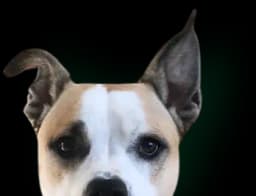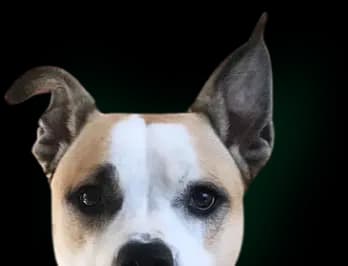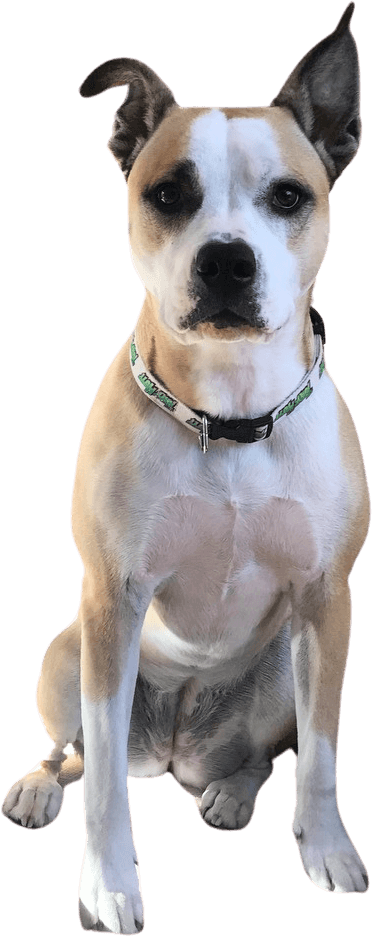

Sign up for Mutt Mail
Share this post
What does grass do for you? Plenty. The TurfMutt Foundation, which is celebrating 15 years of advocating for the care and use of yards, parks and other green spaces, shares that there are many ways grass lawns benefit people, pets and the planet, from being an environmental superhero to providing a safe place for kids and pets to play.
“Yards are not just beautiful, they are also purposeful,” said Kris Kiser, President & CEO of the TurfMutt Foundation. “Unfortunately, in some communities lawns, in particular, have gotten a bad rap. Yet turfgrass provides important benefits that can’t be overlooked.”
Here are just a few of the many advantages of grass lawns:
A Canvas For Creative Backyarding
“Backyarding” has become a way of life as people take their indoor lives into the green space around them. The lawn is the backdrop for everything from an at-home soccer field to a bocce ball court. It’s a carpet of green where you can throw down a blanket and read or have a picnic.
Captures Carbon
Turfgrass is one of the most effective carbon capturers. In fact, an average-sized home lawn in the U.S. has the potential to sequester 20.3 to 163.4 kg C/lawn/year. The dense canopy and fibrous root system in a lawn sequesters carbon so well that it outweighs the carbon used for maintaining the grass by as much as seven-fold.
Reduces Heat
A recent report by the research group Climate Central shows that more than 40 million Americans live in urban heat islands. But lawns can be 30 degrees cooler than asphalt and 14 degrees cooler than bare soil. Furthermore, eight average-sized front lawns can provide the cooling equivalent to air-conditioning for 18 homes.
Produces Oxygen
Grass is one of Mother Nature’s oxygen producing machines. In fact, one 5,000-square foot grass lawn can produce enough oxygen each day to support 14 to 34 people, depending on location. And a turf area of50' x 50' produces enough oxygen to meet the daily needs of a family of four.
Captures Rainwater
Rainwater sheets off hard surfaces like hardscapes, artificial turf, parking lots, driveways and roads. Instead of going into the ground, rainwater becomes fast-moving storm water runoff, which pollutes water systems. Acting like a sponge, grass slows down and absorbs runoff, cleanses water of impurities and dust, and recharges groundwater aquifers.
Creates a Natural Firebreak
Ongoing and worsening drought across the country has increased the risk of wildfire danger for millions of Americans. According to the American Society of Landscape Architects, “green infrastructure” can help protect communities from natural disasters like drought and fire. Living grass is a natural firebreak, and healthy turfgrass can be a significant deterrent to wildfires. Green grass slows the spread of wildfires because of its low fuel value, and it provides a defendable space around structures.
Homeowners are urged to select the right grass species for their yards that can thrive in their specific microclimate.
“The ‘right plant, right place’ philosophy is part of what the TurfMutt Foundation dubs the Golden Rule of backyarding,” added Kiser. ”Proper care and maintenance of your lawn is imperative. This means mowing to the correct height for your species, watering wisely to promote a strong root system, and leaving grass clippings on the lawn to fortify it and help it sequester even more carbon.”
For more, sign up for Mutt Mail, a monthly e-newsletter with backyarding tips and all the news from the TurfMutt Foundation here. To learn more about creating the yard of your dreams, visit TurfMutt.com. Look for Mulligan the TurfMutt on the CBS Lucky Dog television show on Saturday mornings.
Sign Up For Mutt Mail 💌
Mutt Mulligan’s monthly e-newsletter is loaded with tips on outdoor living, enjoying green spaces and resources for teachers and families, as well as news from the TurfMutt Foundation.

Get the latest backyarding tips straight from Mutt Mulligan!



